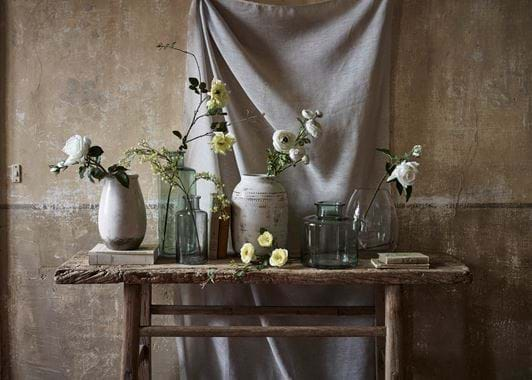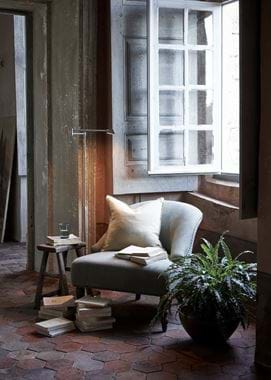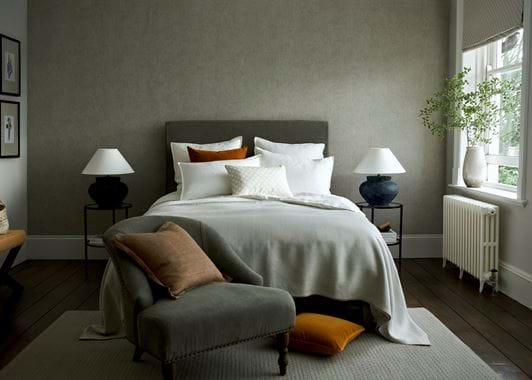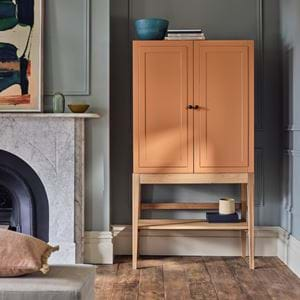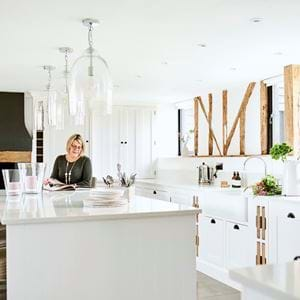An alternative guide to relaxing at home
An alternative guide to relaxing at home
We all know that gardening, baking, practising yoga and taking a bath are ways to relax and unwind within the comfort of our own homes. You don’t need us to tell you that. But what if you’ve exhausted all those options, or they just don’t appeal to you? What then? Enter our (slightly) more out of the box suggestions…
Press some flowers
Knitting, painting, macramé…craft is a brilliant way to occupy your mind just enough that anxious thoughts don’t run away with you, but not so much that it’s taxing and the very opposite of relaxing. But did you know that the craft du jour is flower pressing? All the most fashionable people in interiors are doing it, not least because, at the end, you can frame your creations and hang them in a group, as if you’re a well-travelled Victorian plant hunter (or just prop them as a pretty accent on the mantel). Get started with tips from Melissa and Amy at JamJar Flowers over on Gardens Illustrated’s website.
Make like a mixologist
We know what you’re thinking: a tipple at the end of the day is a very obvious way of relaxing. But, just as whipping up cake batter can be as enjoyable as eating the cake itself, so too is getting creative around the cocktail cabinet. Take this opportunity to learn a few fundamentals, like how to mix the perfect combination of ingredients and how to make fruit syrups and purees, or even some truly impressive skills (à la Tom Cruise in the film Cocktail) that you can really wow your friends with once you can all get back together again. You’ll get to drink your creations at the end too, so it’s a win-win. Begin by checking off all 24 of the cocktails on Bon Appétit’s must-know list.
Don’t just read, really read
Reading is a relaxing activity and so is mindfulness, so it entirely makes sense to combine the two (it’s also good practice if you’re one of those people who finds they need to re-read a paragraph several times because their mind keeps drifting halfway through). In her book, ‘The Art of Mindful Reading’, bibliotherapist (yes, that is a job) Ella Berthoud suggests that one way to try this is by really noticing all the things you read in your everyday life, like the back of the shampoo bottle or the spines of the books on your shelves. Pay attention to the way the words look, the colour and fonts, whether they seem friendly or serious, happy or grumpy, how they were printed, if they were hand-drawn. Soon, you’ll find yourself pleasantly lost in thought, concentrating on the words rather than on anything worrisome.
Do absolutely nothing at all
Also known as idling and daydreaming, this is an activity (un-activity?) that comes all too naturally to some of us and less so to others – usually, in the case of the latter, because it’s accompanied by a sense of guilt. Well, in these strange times when normal life is largely on hiatus, we say, give yourself permission to do nothing, even if only for half an hour. How often do we allow our minds to just wander? Take a leaf out of Winnie-the-Pooh’s book and know that sometimes, doing nothing can lead to the very best of somethings – a light bulb moment, perhaps, or clarity over something that’s been bothering you, or just a greater state of serenity. Really not working? Try pottering instead.

